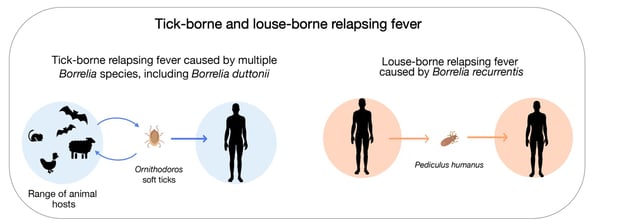Overview
- Researchers sequenced four ancient Borrelia recurrentis genomes, dating from 2,300 to 600 years ago, the oldest ever analyzed.
- The bacterium diverged from its tick-borne cousin, B. duttonii, 6,000 to 4,000 years ago, adapting to transmission via human lice.
- Genetic changes during this transition included genome loss and the acquisition of genes aiding immune evasion and DNA sharing.
- Human lifestyle shifts, such as denser settlements and the wool trade, likely created conditions favoring louse-borne transmission.
- The findings, published in Science, highlight how pathogens evolve alongside human behavior, with implications for future disease emergence.
